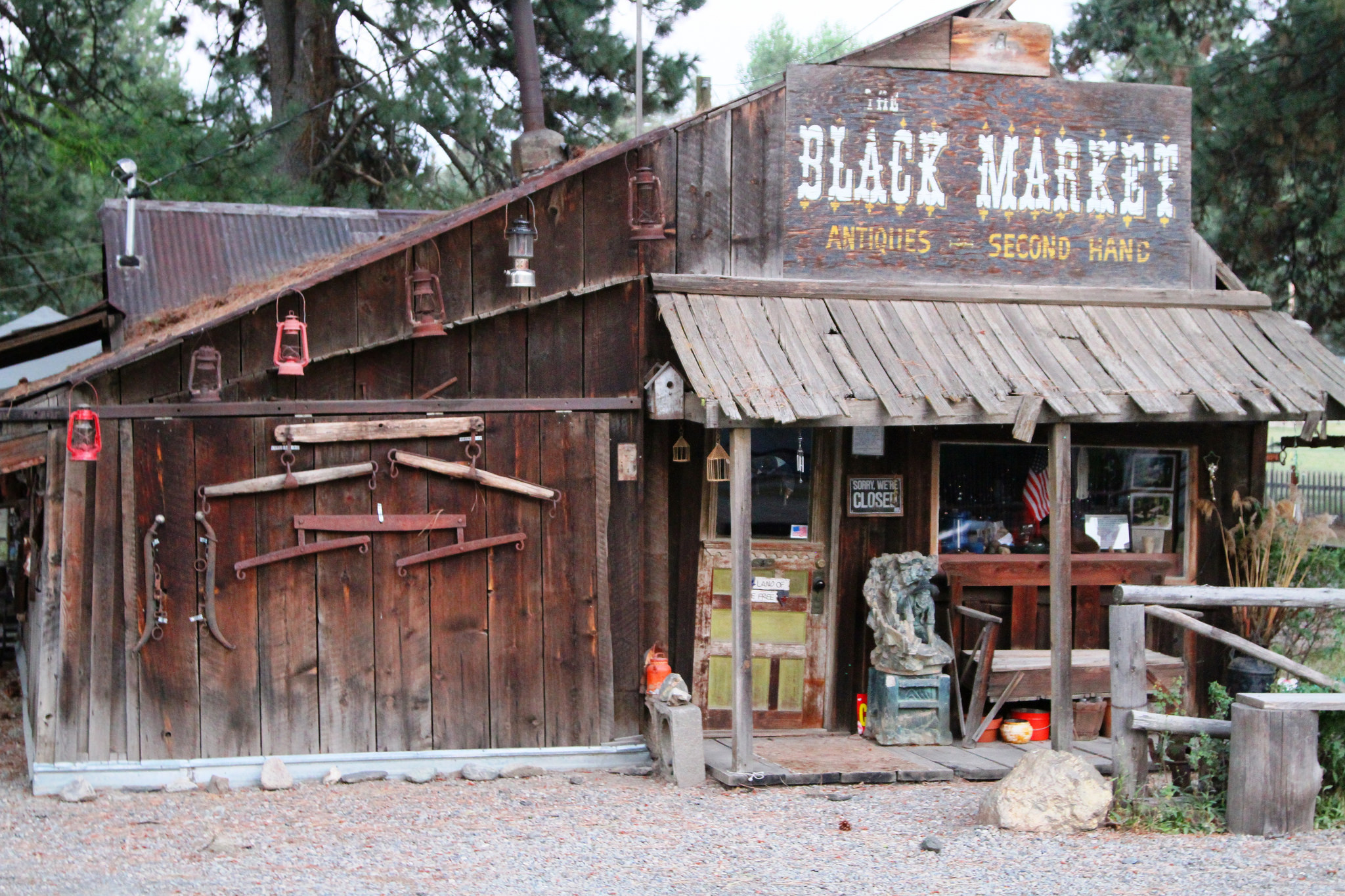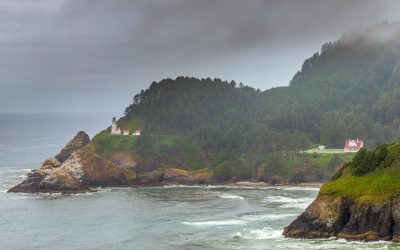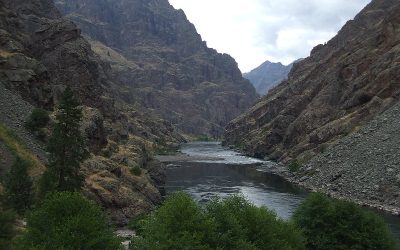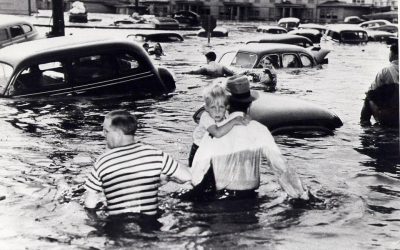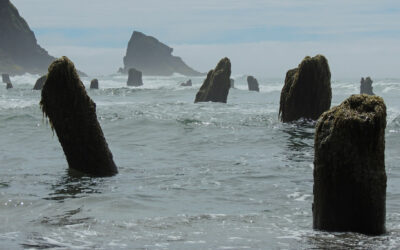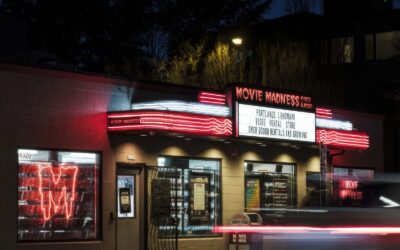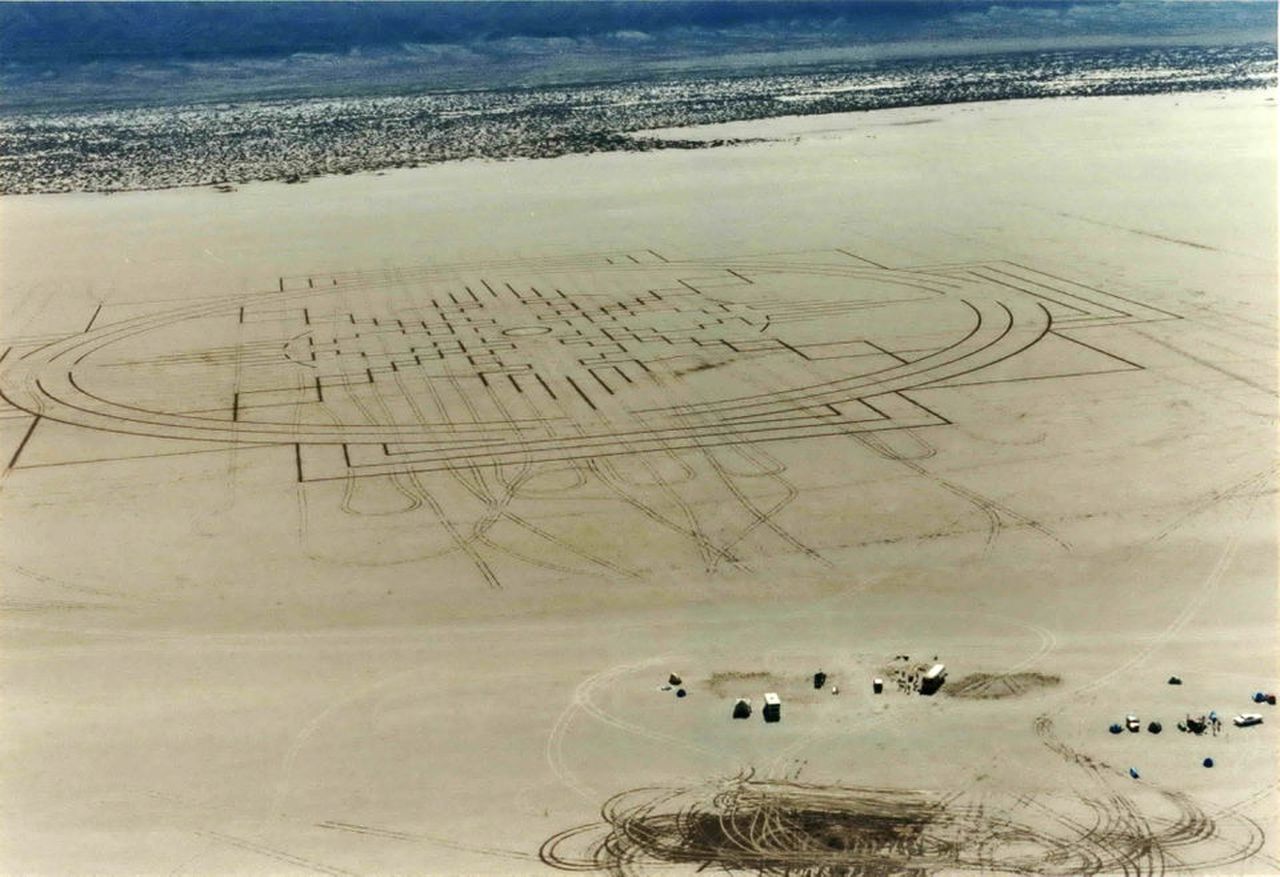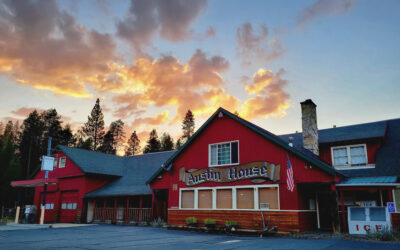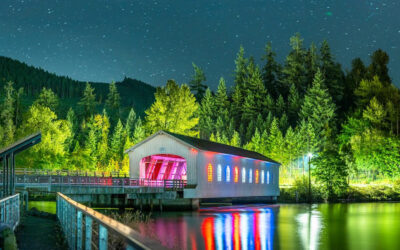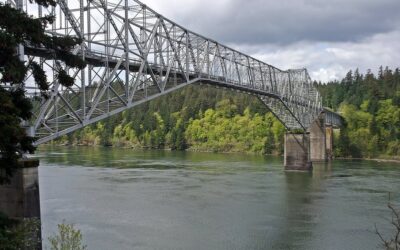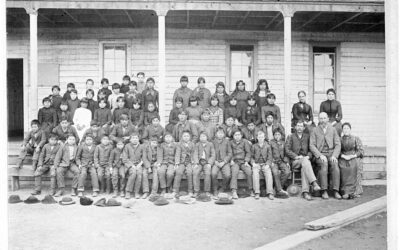Did you know there are more ghost towns in Oregon than anywhere in the United States? As I love learning about the rich history of our beautiful state, naturally, ghost towns in Oregon have always fascinated me.
This particular road trip I plan on doing this myself this summer, as I recently picked up a new camera as I have taken up photography this year! I'll be hitting the road, hopefully around July, and I can't wait to venture into these incredible ghost towns and take some great photos myself.
If you are looking for a fun adventure to take with loved ones, you'll love this road trip that we have made, which focuses on historic towns primarily in Eastern Oregon. You can check out the map here, which we have made on Google Maps, and also see the map we have embedded below. We recommend you plan well; this trip is a few hundred miles depending on where you are starting. You can change this trip to whatever accommodates your adventure best!
Ghost Towns in Oregon
Shaniko
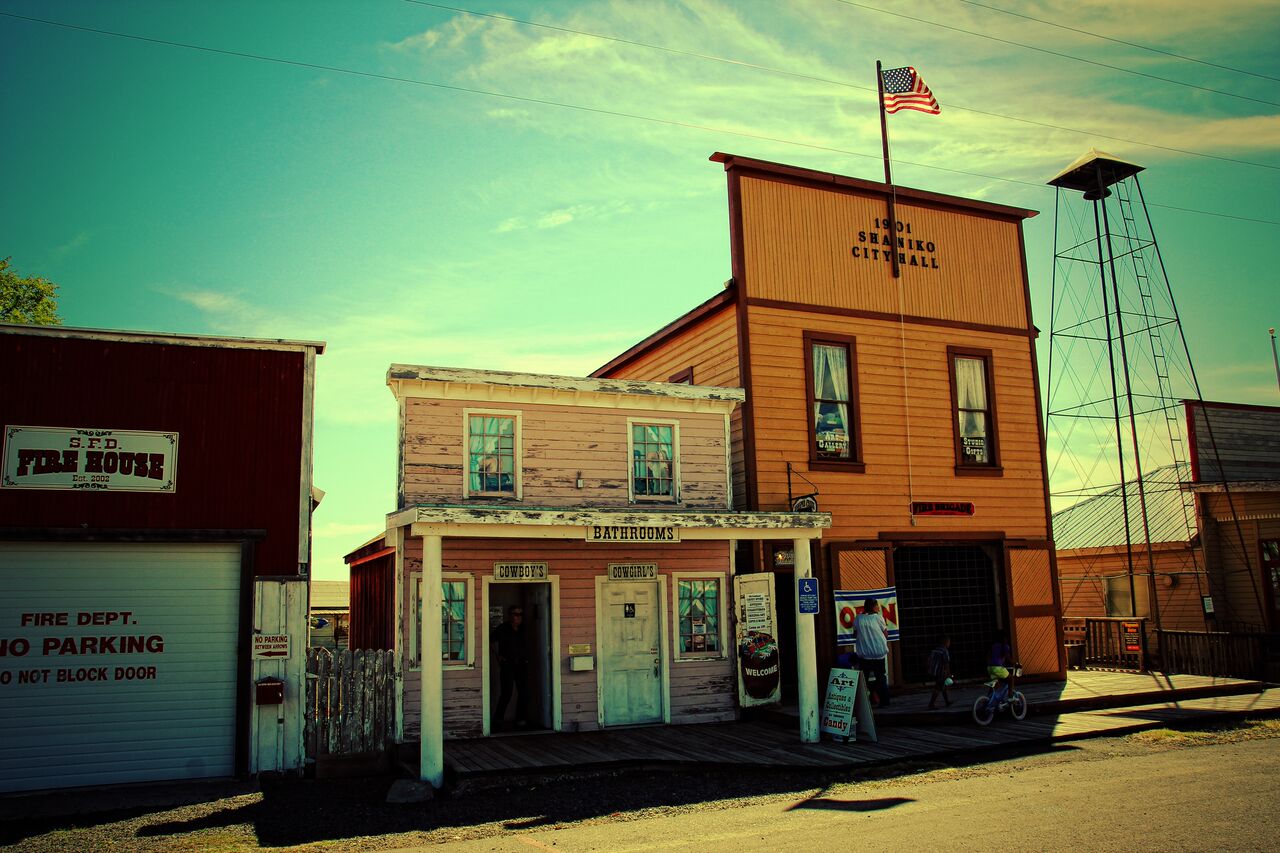
The historic town of Shaniko was no accident. Danielle (thepdxphotographer) took one of my favorite photos in this article, shown above in Shaniko. The town was planned before it was born. It was the brainchild of a group of bankers and businessmen in The Dalles, and by 1900 Shaniko offered hotel, a combination City Hall, Fire Hall and jail and other structures some of which still stand.
The reason for the town was the enormous production of wool, Central Oregon being one huge sheep ranch in the 1900s. The only outlet for these thousands of bales of fleece was the The Dalles. In 1898, in order to expedite the shipment of wool, a railroad was brought in from Biggs Junction on the Columbia River. Since a railroad could not be useful without a terminal, Shaniko was built for that express purpose.
The hotel here has been beautifully restored, and there are several antique stores said to be open in the spring, summer, and fall.
Condon
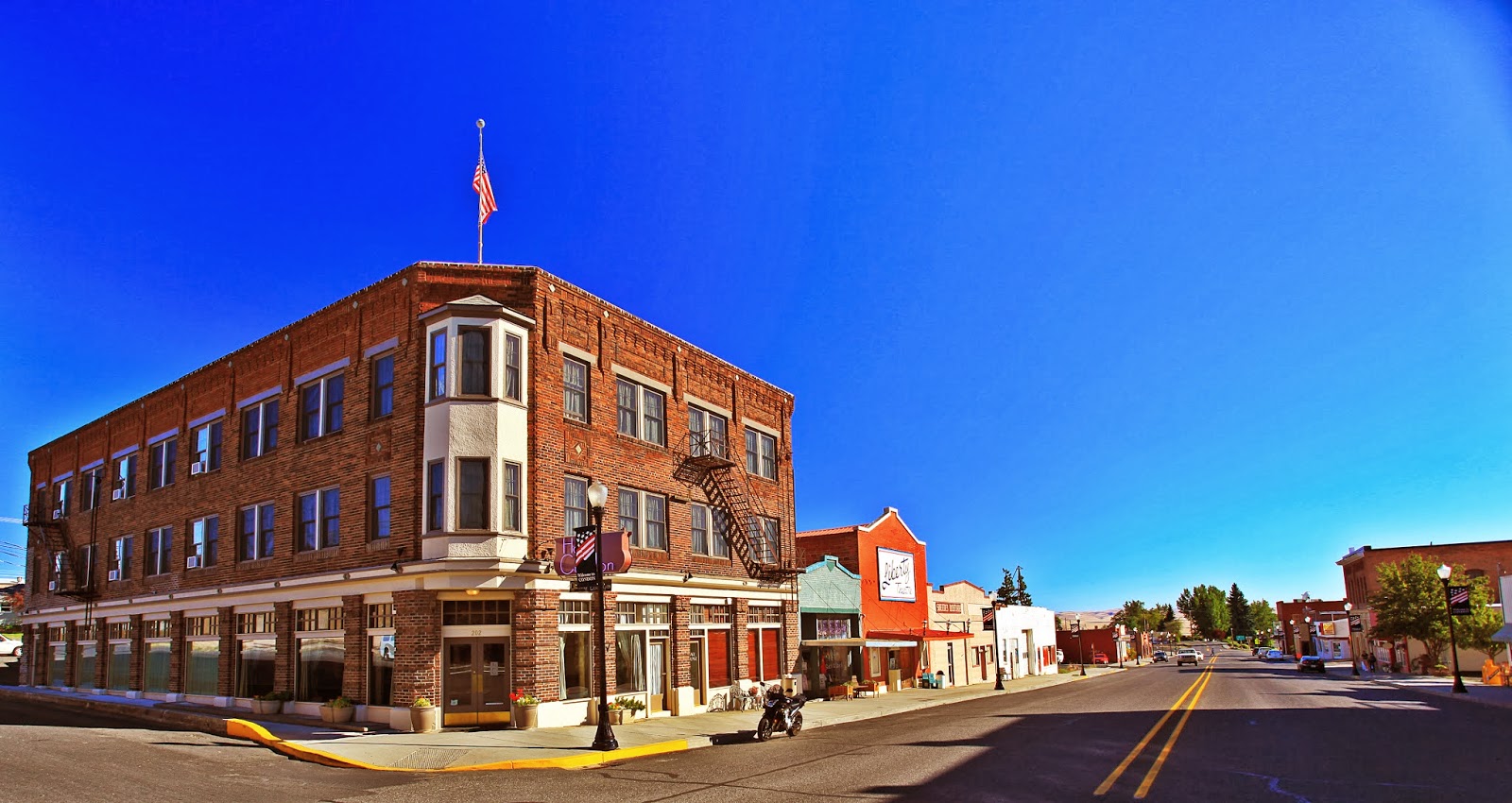
Condon is technically not a ghost town, but you will come across this tiny town in route on our ghost town road trip. Condon, a Norman Rockwell-esque community, is situated less than 30 miles southeast from the park.
You will certainly be hungry along the way, and we recommend stopping in at the Buckhorn Saloon for a bite to eat. There’s also an old-fashioned soda fountain and a branch of the famous Powell’s Bookstore next door at Country Flowers, as well as some other wonderful shops and eateries (Sandi’s Soups, for example) along Condon’s beautifully restored historic Main Street.
Famous geologist Thomas Condon founded the town in 1893, and helped work with the John Fossil Beds. It was also where Linus Pauling grew up (Nobel Prize winning physicist).
RELATED: 26 Historic Oregon Schoolhouses Still Standing Today
Lonerock
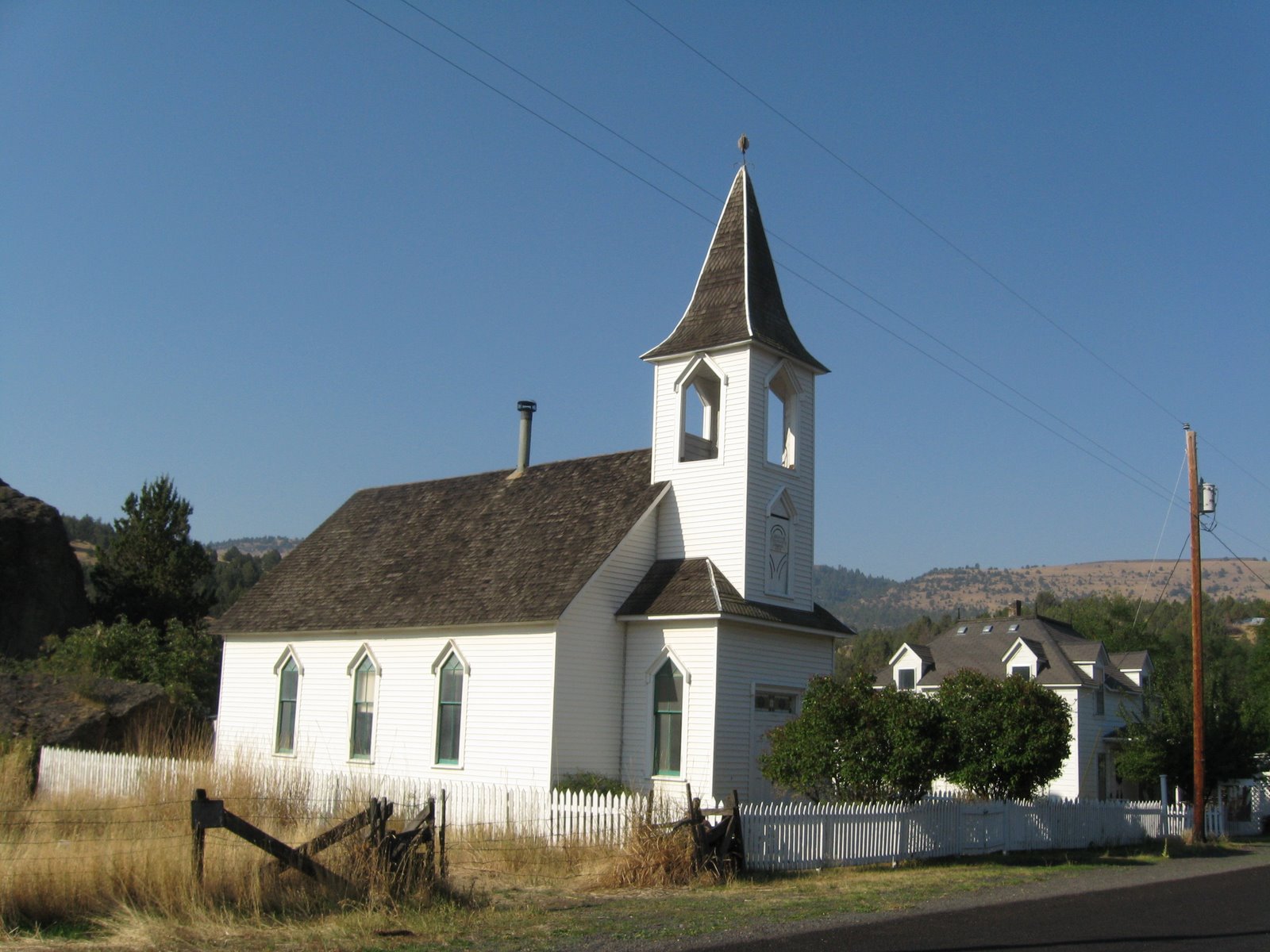
According to the United States Census Bureau, Lonerock, which was founded in 1881 has a total area of 1.01 square miles all of it land. Lonerock was started as a service center for the surrounding ranches and and today is another ghost town worth a visit.
One thing you'll notice here is an unusual, 35-foot high lone rock which still stands in the town near the old Methodist church, hence the city name Lonerock. The city's population grew from 68 in 1900 to 70 in 1910, 73 in 1920 and then to a high of 82 in 1930. By 1940 Lonerock's population dwindled to 46, and continued to drop to 38 in 1950, 31 in 1960, and then bottomed out to 12 residents in 1970. The city grew to 26 citizens in 1980, before falling to 11 in the 1990 census. As of the census of 2010, there were 21 people, 12 households, and 5 families residing in the city.
Check out this shed size jail that still stands, courtesy of Lynne Hammonds who ventured through Lonerock.
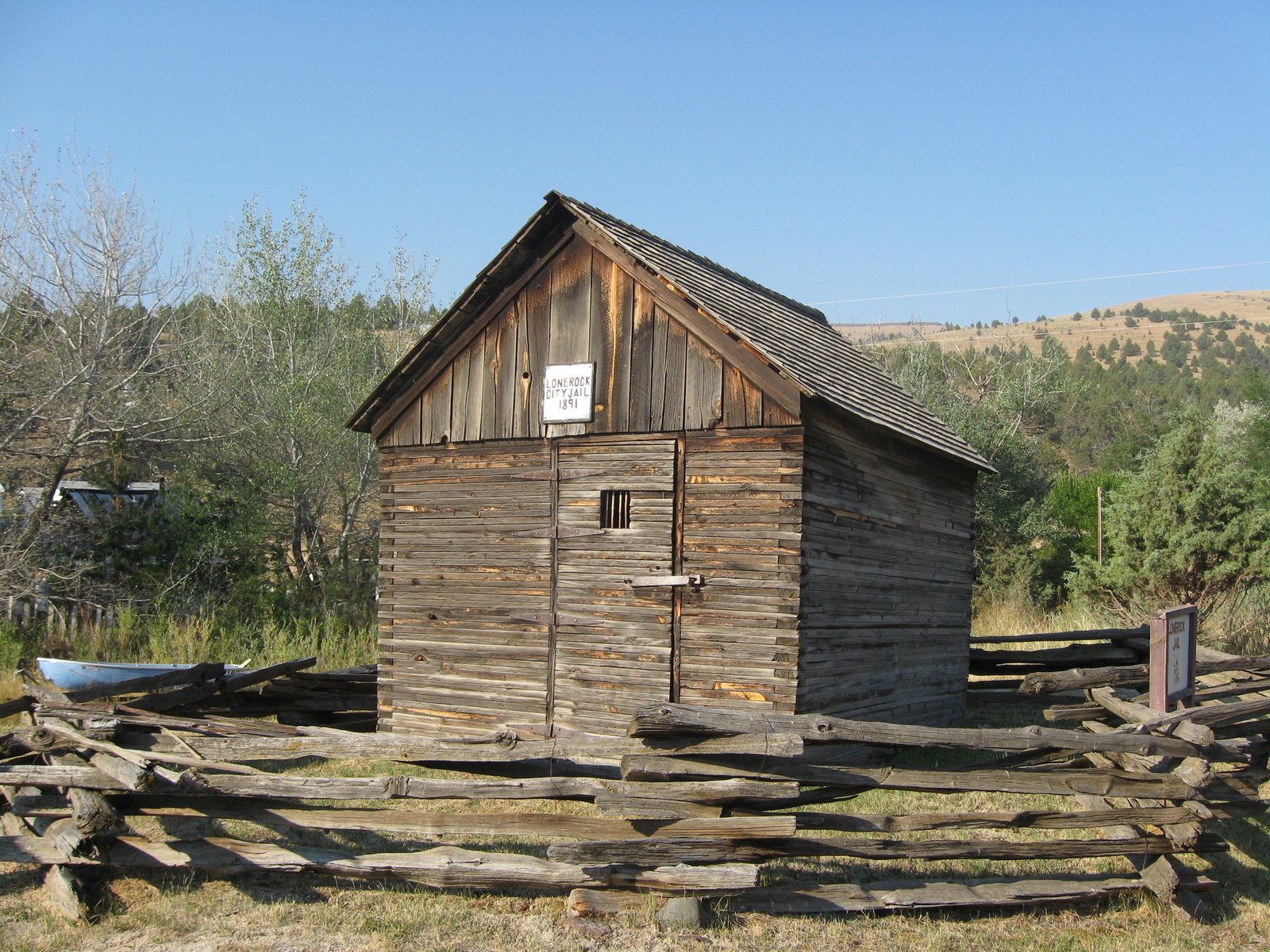
Hardman
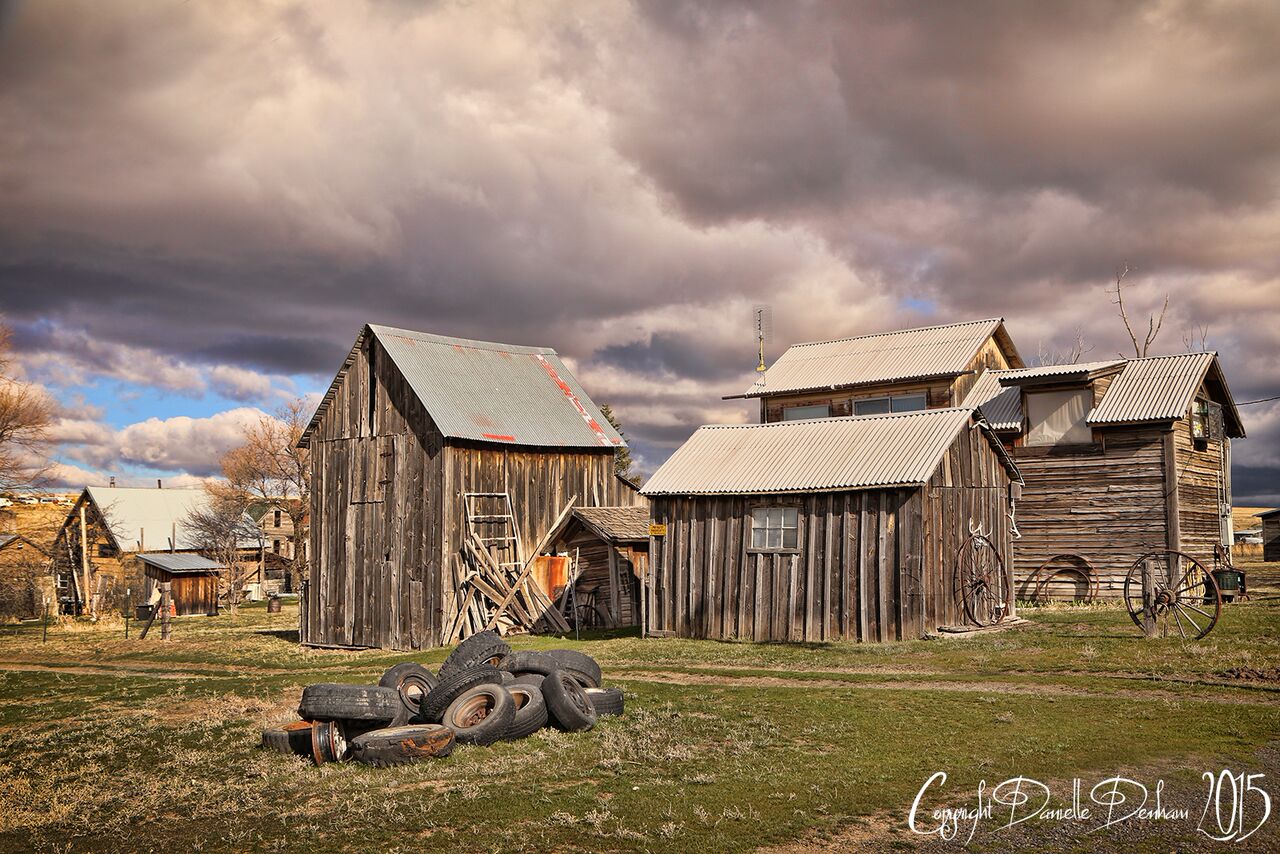
Located on SH 207, just nine miles south of Ruggs and 20 miles south of Heppner, you will find Hardman. This golden ghost town is a travel center and agricultural ghost on Oregon’s eastern grasslands. This fascinating place was founded in the 1870s, and the first post office was established in 1881. Hotels stores, and other businesses soon followed. When automobile and trucks came into their own, the town faded.
John F. Royse and his brother, the first settlers in the area, started a school in 1879 which was known as Dairyville. Locals referred to this place as Rawdog. At the same time, David N. Hardman, who arrived in the jackson county in 1878, started a settlement a mile to the southeast. In 1881 a post office was established, and was known as Hardman. A mile to the northwest of Dairyville was the community of Adamsville, known to the locals as Yallerdog. In 1882, the Hardman post office was moved to Dairyville but retained the Hardman name. Adamsville post office was established in 1884 and closed in 1885, and thereafter, all activity centered on what is now Hardman, where the post office ran intermittently until 1968. Locals called the place "Dogtown" after its two predecessors. Why the locals named these communities after dogs is unknown.
Galena
Galena is a former gold mining camp settled in 1865, also considered a ghost town about 20 miles from Austin Junction in the Blue Mountains. Galena is on the Middle Fork John Day River in the Malheur national forest.
The town was named Susanville after one of the earliest inhabitants, Susan Ward. Galena post office was established in 1901 when a group of miners were able to get the Susanville post office moved from the current site of Galena two miles up Elk Creek to their mine. The new building was named for a body of galena ore in the area, and the town was renamed as well. The mines were worked extensively in the 1860s and were still active in 1940.
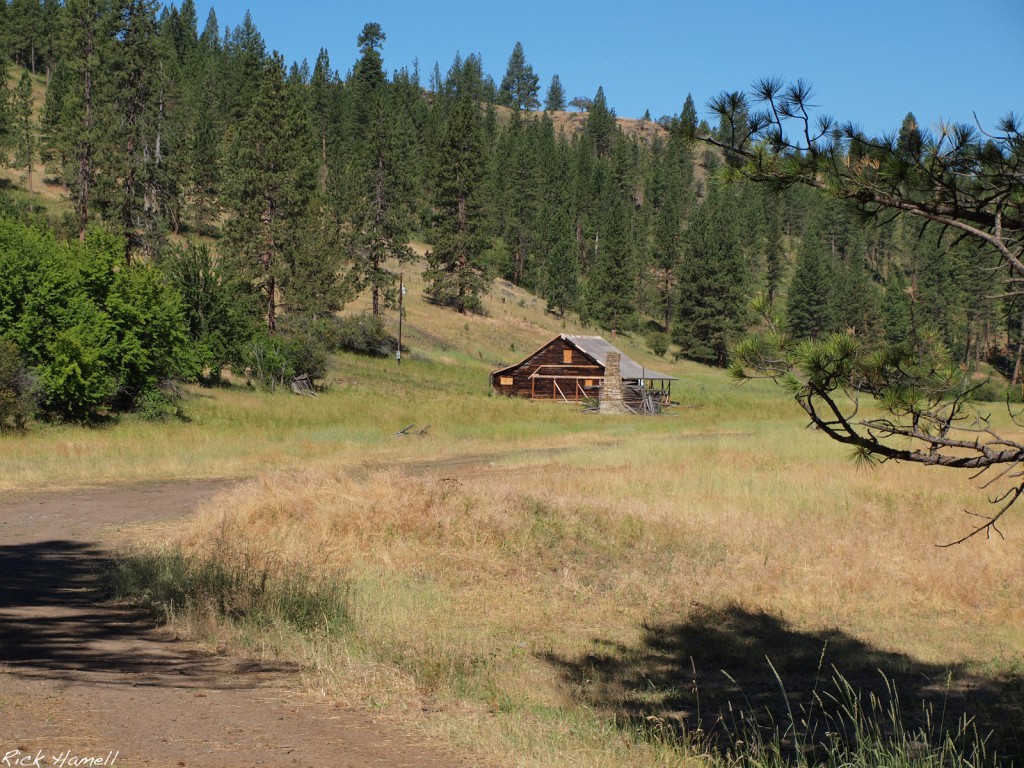
These great photos are courtesy of Rick at pnwphotoblog.com, where you can find even more information on this awesome little town (HERE).
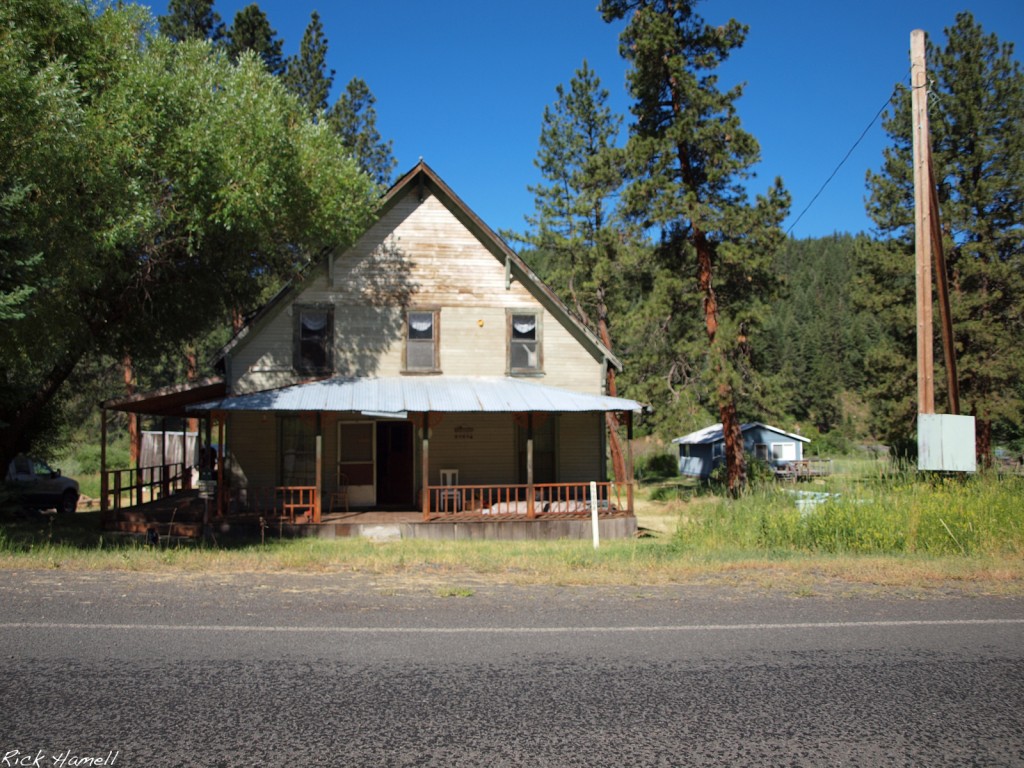
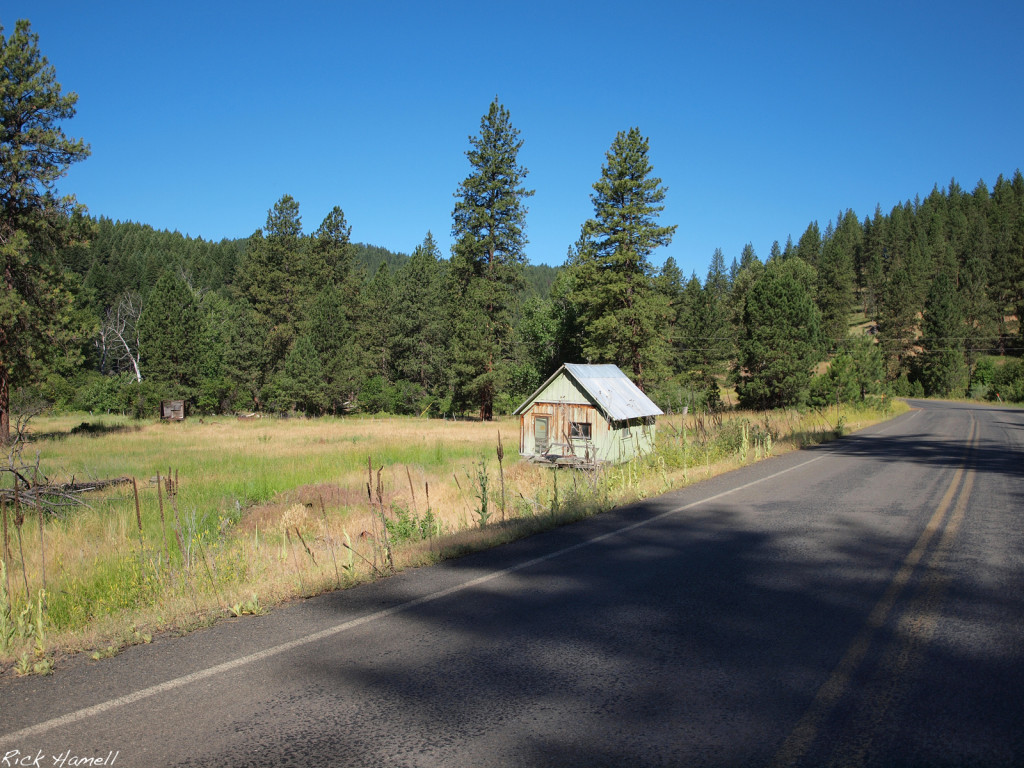
Greenhorn
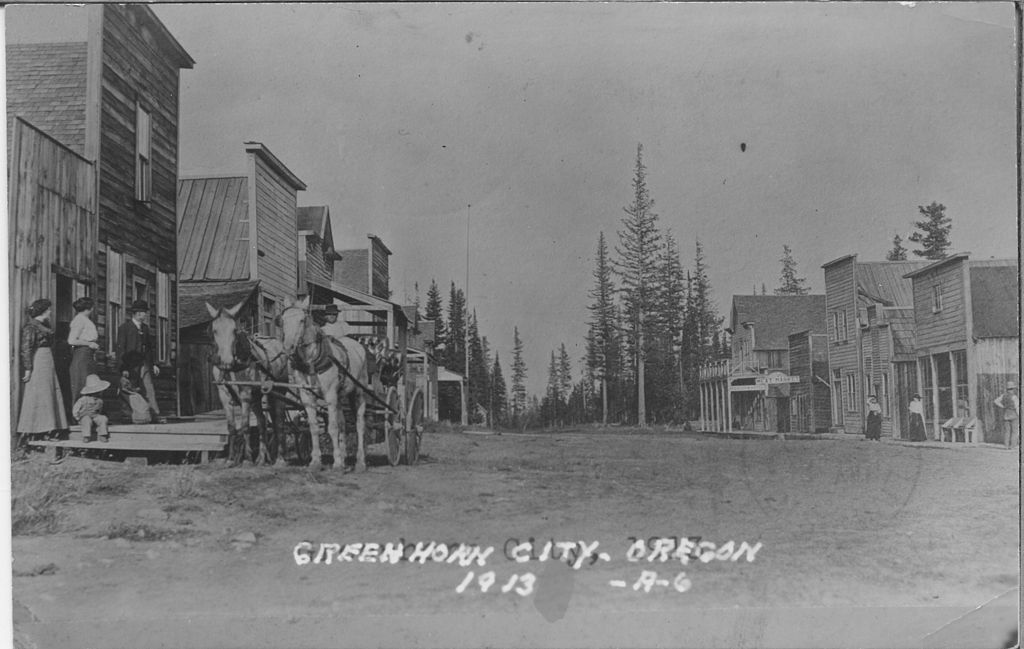
As of 2010, Greenhorn has been completely abandoned with a total population of 0. There are reportedly 7 homes which still stand here. This town was first populated in 1860s as miners prospected for gold in the area. It was platted in 1904, though it lost two-thirds of its population between 1900 and 1910.
The mining district was composed first of placer mines, but soon many lode deep shaft gold mines developed. The abandoned city was incorporated in 1903. It continued as a viable community until 1942 when gold mining was made illegal by Federal Public Law 208 during World War II.
In later years, the old Greenhorn Jail (dating to 1910) was removed to Canyon City under suspicious circumstances. A court case ensued for its return, but because the city straddles the Blue Mountain ridge, the district attorneys of Baker County and Grant County could not even agree in which court house it should be held. The case was eventually heard by the Circuit Court for Grant County in Canyon City. The jail remains in Canyon City.
Granite
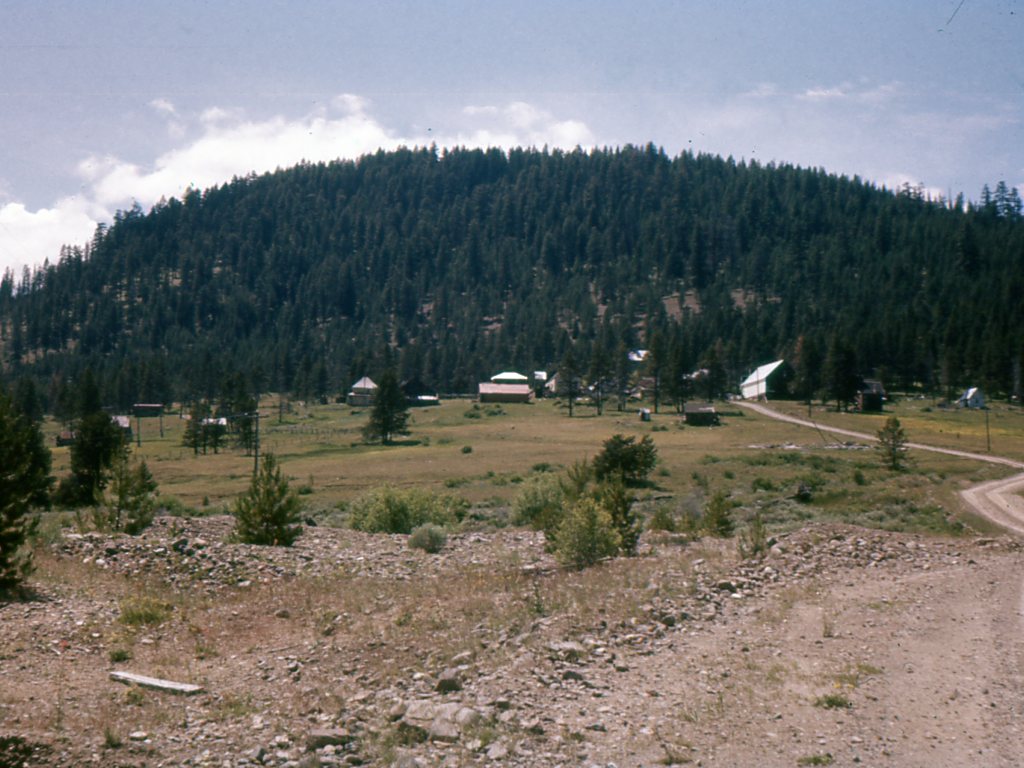
Granite was another late 1800s gold mining town, booming with 5000 people. You will find this town just 15 miles northwest of Sumpter, in the northeastern corner of the county about 45 miles out of Baker City.
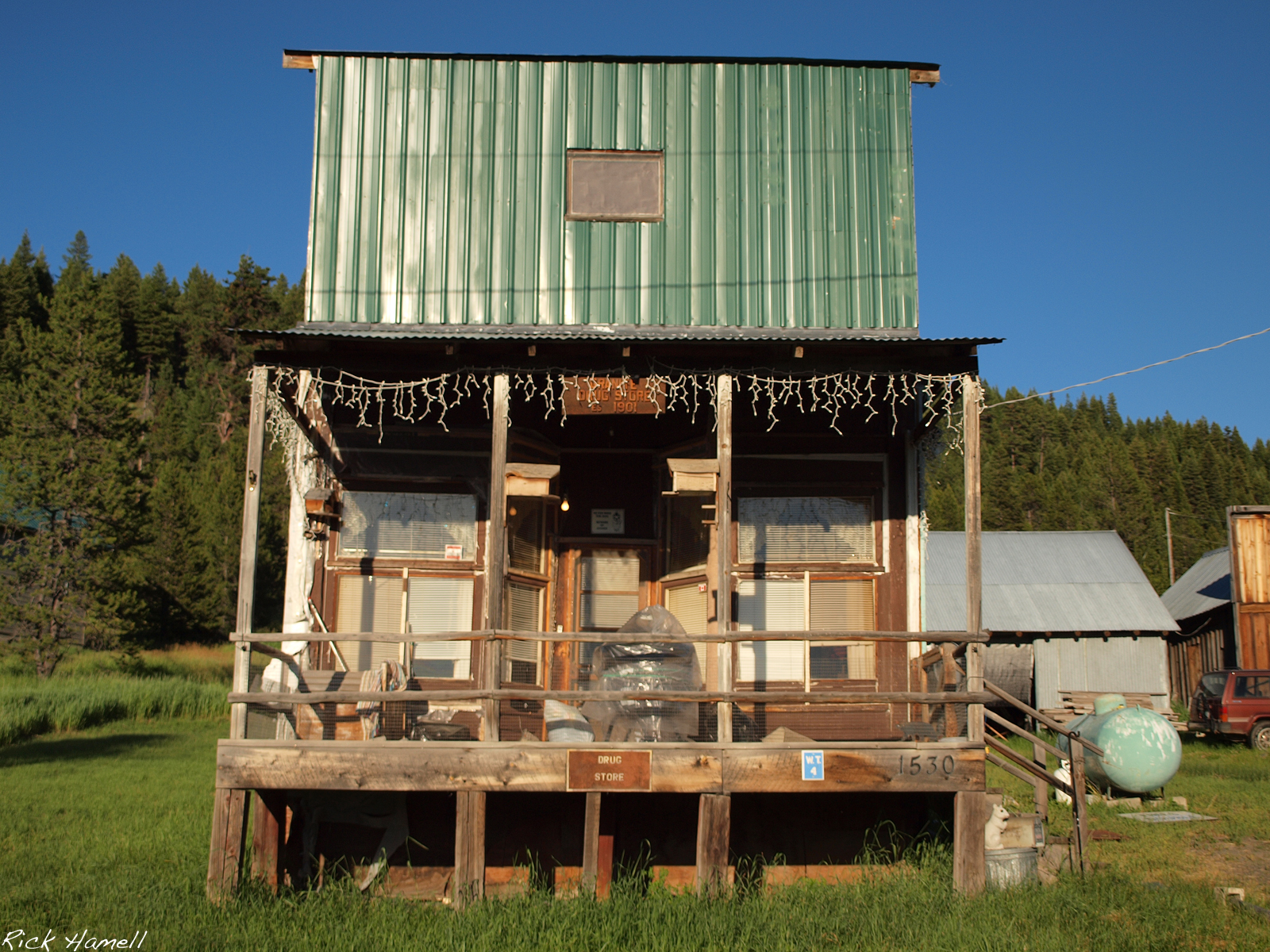
Back on July 4, 1862 the first gold was found here. By 1900 Granite had a drug store, two hotels, livery stable, a post office, five saloons and three stores. When the gold was gone the town faded, and today Granite has around a dozen or so citizens. If you'd like to read more about Granite, we'd definitely recommend checking out pnwphotoblog.com with more very detailed information on many ghost towns in Oregon.
Sumpter
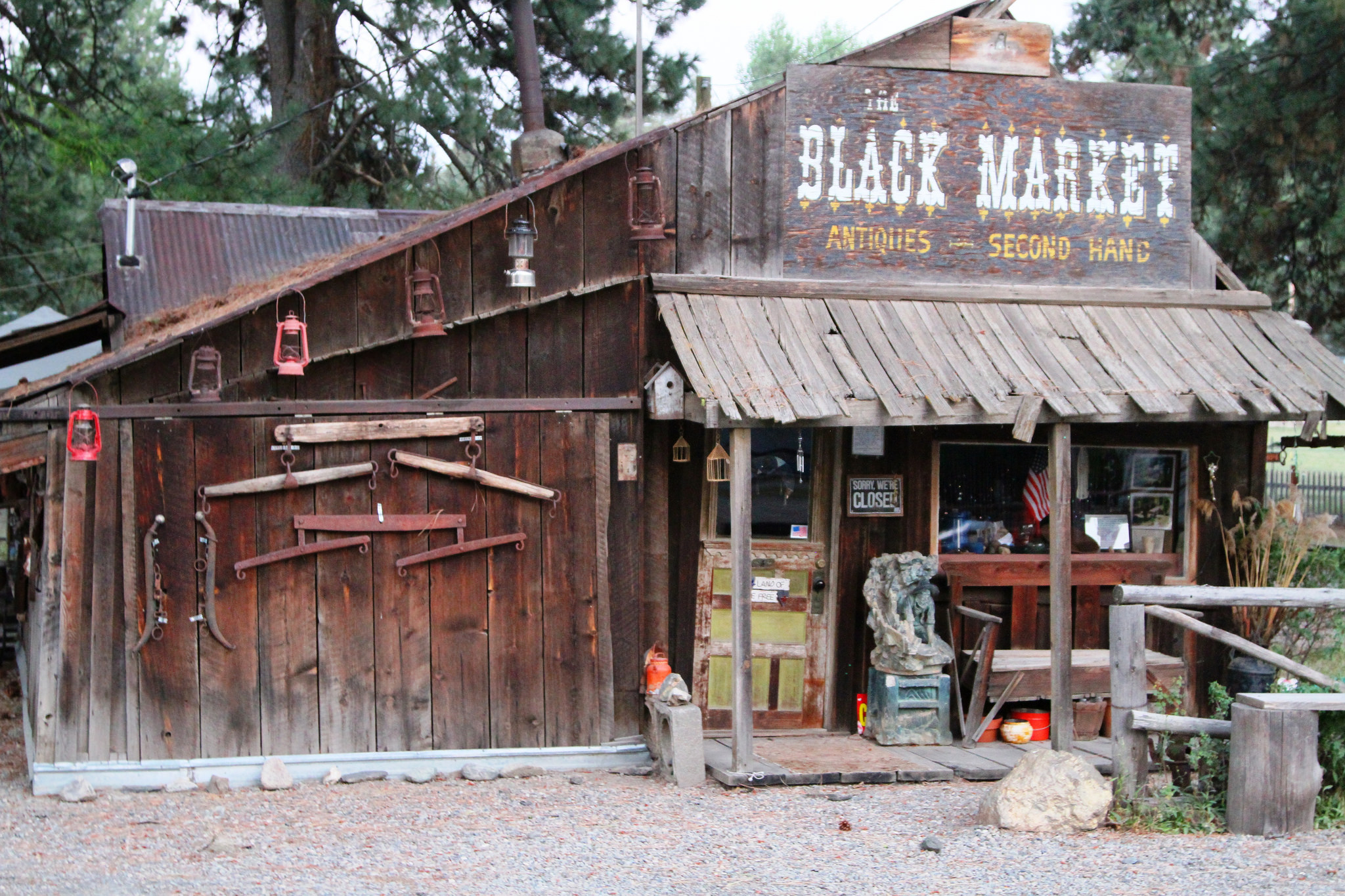
Tucked away in the trees and nestled in Oregon’s Elkhorn Mountain Range, lies the historic gold mining town of Sumpter. Three Carolinans settled here in the 1960s and started farming. They called their homestead Fort Sumter, but when gold was found and the valley was overrun with Northern sympathizer miners, the name was changed to Sumpter.
Incredible shot of the dredge in Sumpter from Danielle Denham:
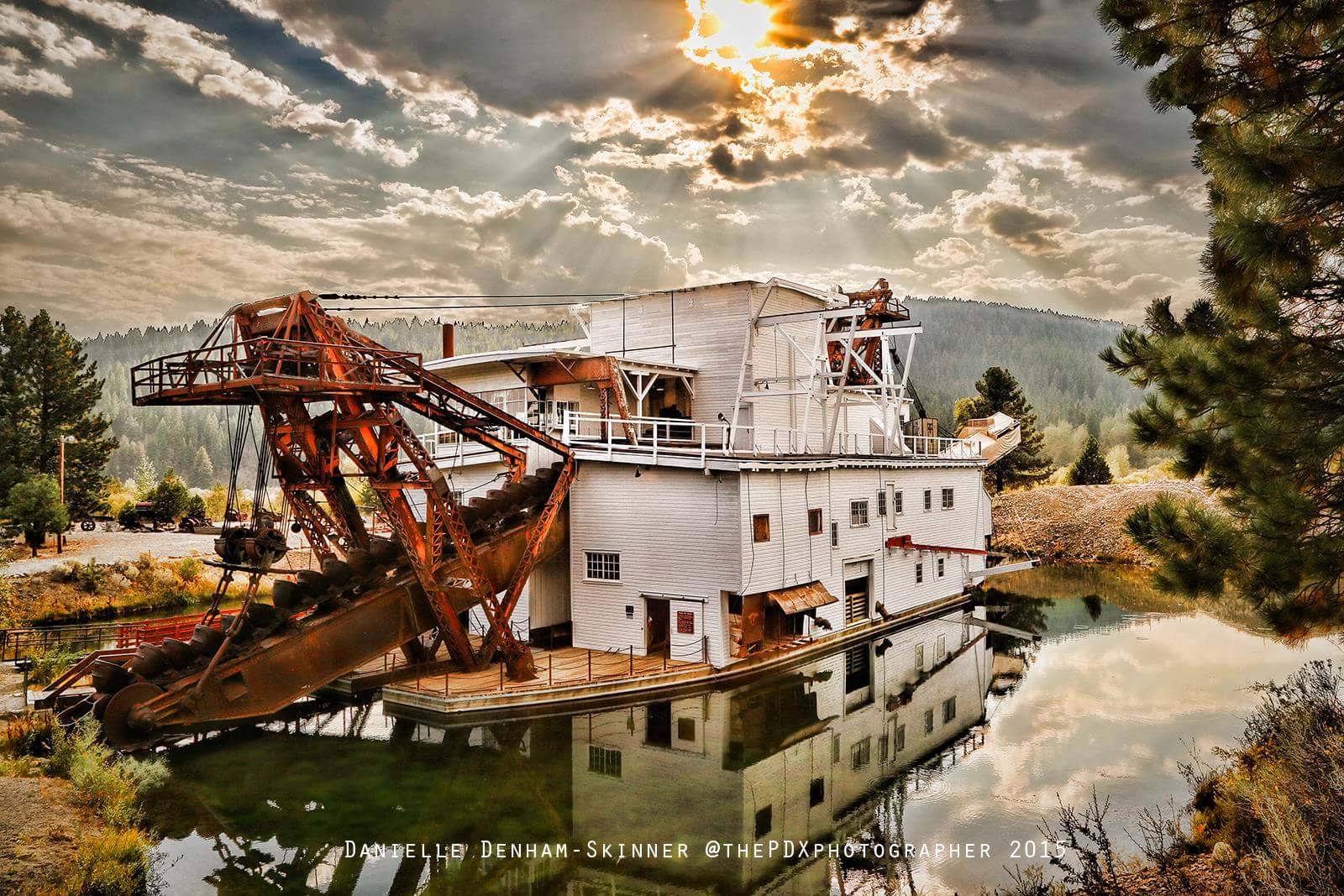
Sumpter is on the Elkhorn Scenic Byway and is surrounded by incredible landscapes. Mountains, rivers, streams, and lakes and offer great fishing, swimming, nearby boating, camping, gold panning, hunting, snowmobiling, cross country skiing, snowshoeing, backpacking, 4-wheeling, ATV’ing, hiking and exploring the gorgeous area.
Bourne
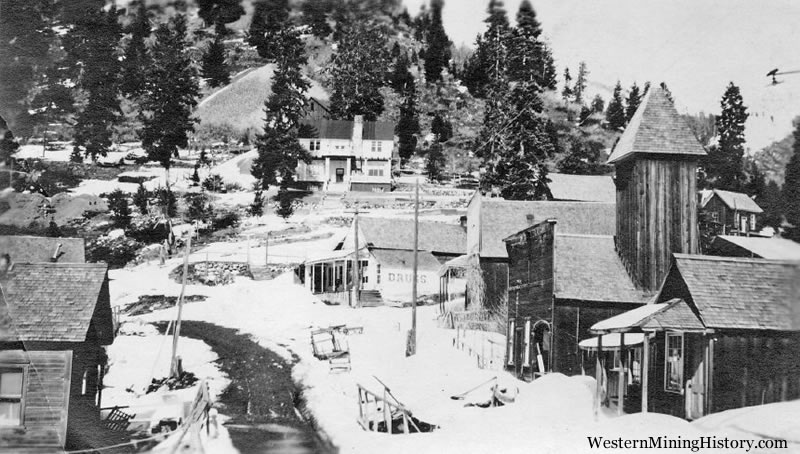
Just 7 miles north of Sumpter, along Cracker Creek you will find Bourne. Sumpter is on SH 7, 20 miles northwest of Salisbury and West of Baker City in the Blue Mountains. Back in the 1870s, this placer mining camp was bustling with saloons and other businesses, along main street. A post office here operated from 1895 to 1927. Some mines are still producing, and a few buildings remain.
Cornucopia
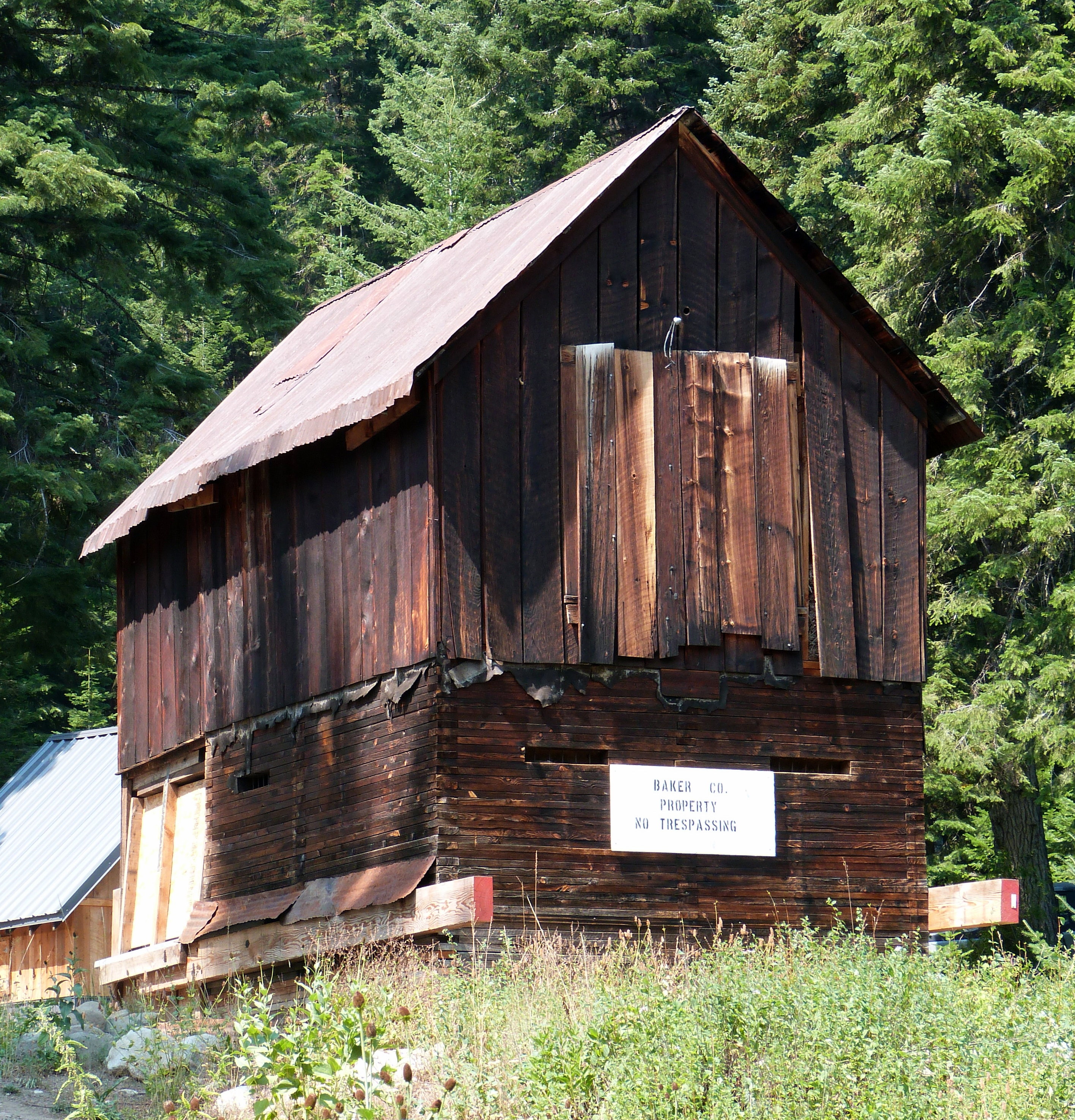
Some 20 million dollars in gold came from this wild and wooly gold mining town full of shootings, saloons and “sporting” ladies. Shortly after the gold was found in 1885, 1000 miners flocked to the town. In 1898 the town relocated a quarter mile to a new location, and it grew quickly. The mines faded, the town died, and by the 1970s only empty buildings remained. The town is in the Wallowa National Forest, 12 miles northwest of Halfway. Some summer cabins have been built in recent years. Here's a excellent article to read more about the history of Cornucopia. (READ HERE)
Have you been to any of these towns or plan on going soon? Would you like to share more about other ghost towns in Oregon? Let us know in the comments, we'd love to hear! Make sure and like Danielle Denham's thepdxphotographer Facebook page also to see more awesome photography in Oregon!
Frequently Asked Questions (FAQs)
Q: What is the best way to explore these ghost towns?
A: The best way to explore these ghost towns is to take a road trip. Start by driving from one town to the next and exploring each location. Bring a map to know where and what sights you want to see!
Q: How can I find more information about these towns?
A: You can check out the websites we’ve linked in our article, as well as other online sources such as Wikipedia and Google, to get more detailed information. Additionally, you can visit a local library or museum for even more information on each town.
Q: Is it safe to take a ghost town road trip?
A: Yes, it is safe to take a ghost town road trip - as long as you follow the safety precautions and guidelines. Ensure you bring all the necessary supplies, such as snacks, water, flashlights, and first-aid kits. Additionally, research each location before visiting so you know what to expect.


